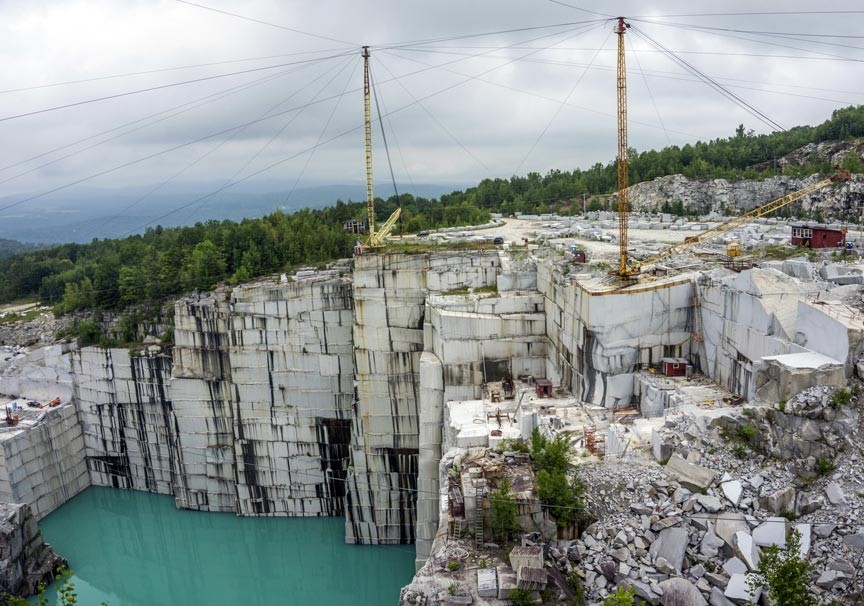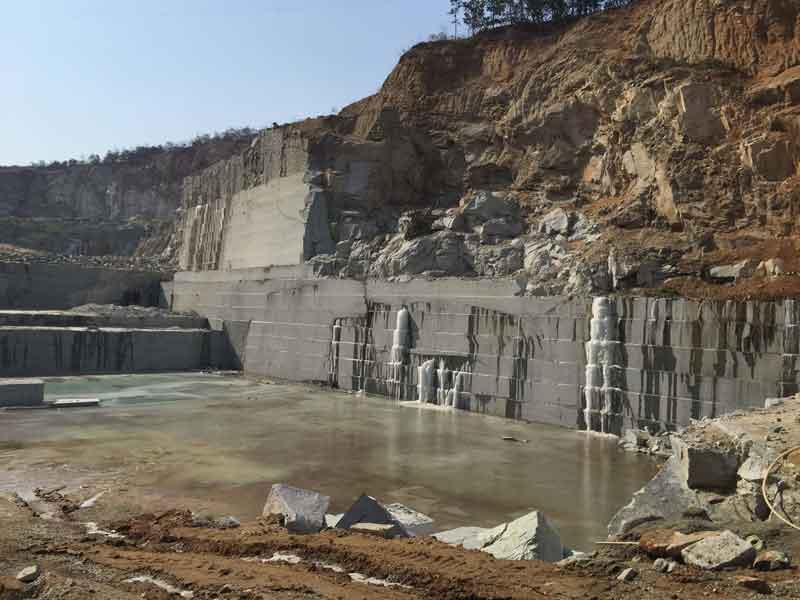The Concealed Treasures: Exploring Granite Quarries in South Africa
The Concealed Treasures: Exploring Granite Quarries in South Africa
Blog Article
Unveiling the Mysteries of Granite Quarrying: Where Stamina and Beauty Meet
The world of granite quarrying is a realm where the raw strength of nature merges with human artistry to create frameworks that stand the examination of time with an air of sophistication. From the depths of quarries to the meticulous sprucing up in workshops, the procedure of changing granite into architectural wonders is an intricate dancing of tradition and innovation. As we peer into the midsts of this old craft, we start to uncover the surprise ins and outs that form the extremely essence of our developed setting.
The Origins of Granite Quarrying
In the record of building background, the origins of granite quarrying are shrouded in a tapestry of old workmanship and geological marvels. Going back to old Egypt and Mesopotamia, the removal of granite from quarries noted the beginning of a journey that would ultimately lead to the development of a few of the world's most renowned frameworks.
Granite quarrying's origins can be traced to the skilled craftsmens who recognized the rock's longevity and visual charm. Through a combination of primitive devices and large decision, these very early quarry employees discovered granite blocks that would certainly become the building blocks of worlds.
As human beings advanced, so did the methods of quarrying granite. The Romans, renowned for their engineering prowess, created advanced methods for extracting granite to build monuments, temples, and roadways that stood the examination of time.
The tradition of these ancient quarrying techniques proceeds to shape modern style, with granite remaining a symbol of stamina and sophistication in building tasks around the globe. (granite quarries in south africa)
Tools of the Quarrying Trade
The evolution of granite quarrying methods from old civilizations to modern times highlights the essential role played by the tools of the quarrying trade in shaping the industry's techniques. In ancient times, quarrying devices were rudimentary, commonly including knives, hammers, and wedges made from products like bronze or iron. These tools called for considerable manpower and time to extract granite obstructs from quarries.

Furthermore, the intro of pneumatic devices and high-powered machinery has significantly decreased the physical labor called for in quarrying procedures, boosting employee safety and security and productivity. As the quarrying sector continues to introduce, the devices of the profession continue to be at the leading edge of driving development and shaping the future of granite removal.
Removing Blocks of Granite
Using precision equipment and advanced strategies, the extraction of granite blocks from quarries has actually ended up being an innovative process in the modern quarrying sector. The preliminary action includes identifying the location and size of the granite deposit to figure out one of the most effective removal technique. Once an ideal site is chosen, the extraction procedure begins with the exploration of holes for the placement of dynamites. Controlled blowing up methods are then used to disintegrate the granite right into convenient areas.

Polishing and Ending Up Techniques
To achieve a perfect surface area on granite blocks, skilled artisans utilize a series of meticulous polishing and completing methods. After the initial removal and forming processes, the granite obstructs go through a complete polishing stage to improve their all-natural charm and toughness.
Along with sprucing up, ending up strategies are put on more refine the granite's look. These strategies may include flaming, sharpening, or brushing, each offering one-of-a-kind textures and coatings to fit different visual choices. Flaming, as an example, involves exposing the granite surface area to heats to create a rough, distinctive finish, perfect for exterior applications where slip-resistance is vital. Sharpening, on the other hand, gives a matte surface that is smooth to the touch, excellent for indoor counter tops and flooring. By thoroughly selecting and using these polishing and finishing methods, artisans can change raw granite blocks into exquisite items that display both strength and elegance.

Ecological Impact and Sustainability
With the growing focus on environmental consciousness in the market, visite site granite quarrying techniques are significantly inspected for their influence on natural deposits and lasting sustainability. Quarrying for granite can have significant environmental effects. The removal process frequently includes making use of heavy machinery, nitroglycerins, and large quantities of water, bring about habitat damage, soil erosion, and water air pollution. In addition, the transportation of granite from quarries to processing centers creates carbon discharges, additionally adding to ecological destruction. granite quarries in south africa.
To mitigate these influences and guarantee sustainability in granite quarrying, industry stakeholders are taking on numerous measures. Applying advanced technologies to reduce power consumption and water usage, recovering quarried land for ecological repair, and advertising accountable sourcing methods are some methods being employed. In addition, certifications such as the Forest Stewardship Council (FSC) and the Leadership in Power and Environmental Layout (LEED) aid customers recognize ecologically pleasant granite products.
Final Thought
Finally, granite quarrying More Help is a process that needs specialized tools and techniques to extract blocks of granite and brighten them to a high level of finish. While the ecological impact of quarrying can be considerable, efforts are being made to boost sustainability practices in the market. On the whole, granite quarrying is a delicate balance between taking advantage of the stamina and style of this all-natural rock while minimizing its influence on the environment.
Report this page